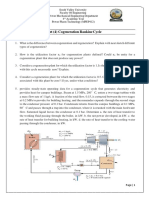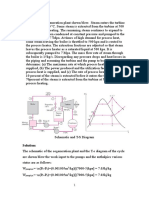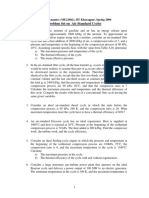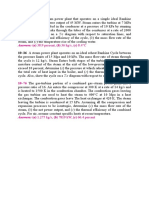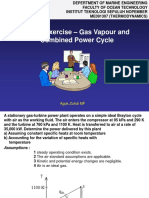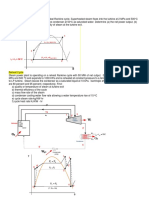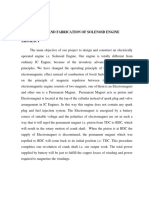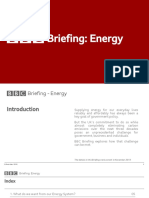0% found this document useful (0 votes)
38 views24 pagesLecture 13
The document discusses the concept of cogeneration plants that produce both process heat and electric power from the same energy source, primarily used in industries like chemical, steel, and food processing. It provides examples of cogeneration systems, including energy balances and calculations for maximum process heat supply, power production, and utilization factors. Additionally, it explores combined gas-steam power cycles, detailing their efficiencies and mass flow rates.
Uploaded by
seyitcansen470Copyright
© © All Rights Reserved
We take content rights seriously. If you suspect this is your content, claim it here.
Available Formats
Download as PDF, TXT or read online on Scribd
0% found this document useful (0 votes)
38 views24 pagesLecture 13
The document discusses the concept of cogeneration plants that produce both process heat and electric power from the same energy source, primarily used in industries like chemical, steel, and food processing. It provides examples of cogeneration systems, including energy balances and calculations for maximum process heat supply, power production, and utilization factors. Additionally, it explores combined gas-steam power cycles, detailing their efficiencies and mass flow rates.
Uploaded by
seyitcansen470Copyright
© © All Rights Reserved
We take content rights seriously. If you suspect this is your content, claim it here.
Available Formats
Download as PDF, TXT or read online on Scribd
/ 24



